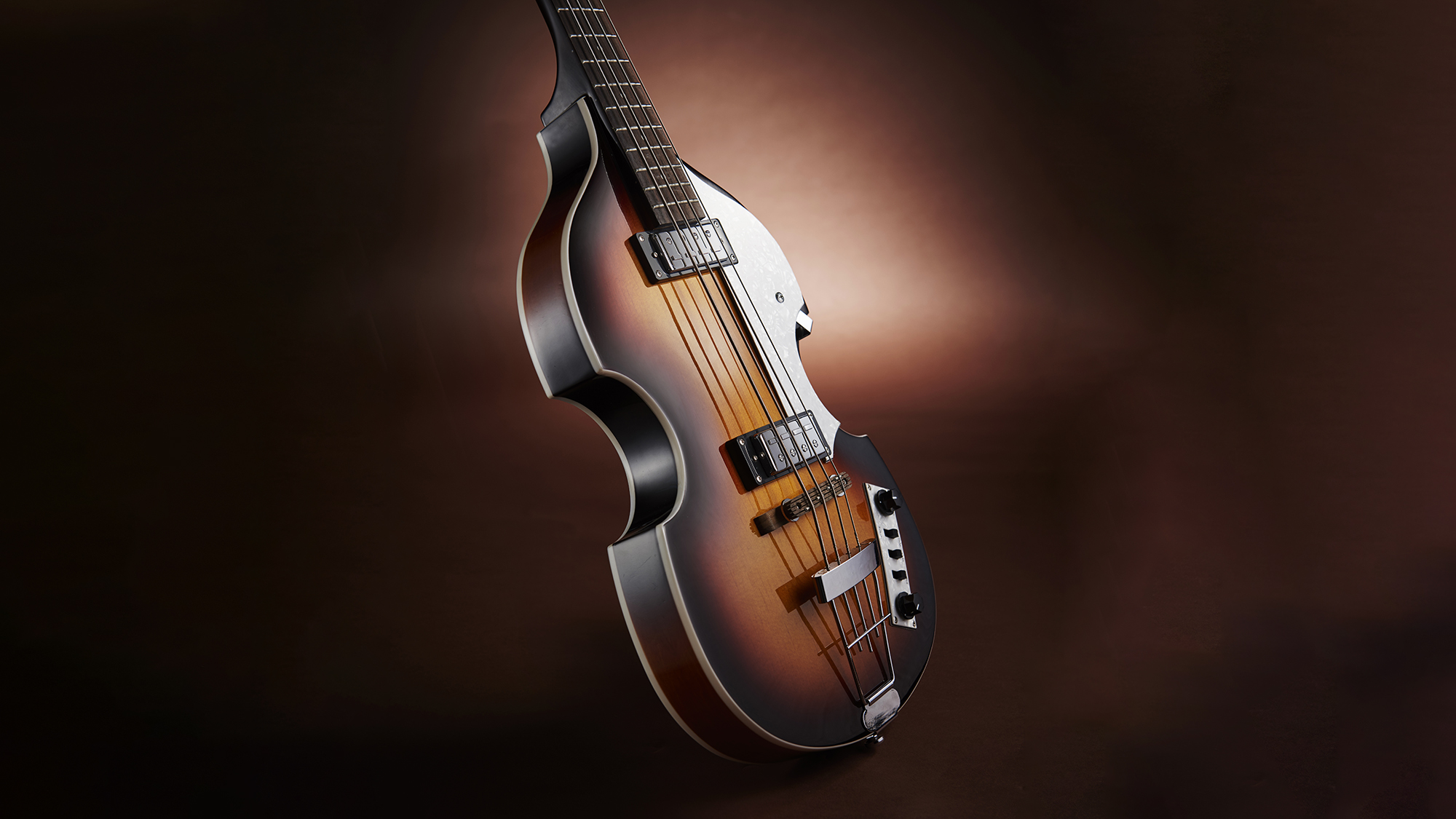Sting’s 10 best basslines with The Police
With The Police, Sting delivered some of the most infectious bass performances of his career. We’ve pulled together 10 of his greatest bass parts

Much has been said about Sting since he teamed up with Andy Summers and Stewart Copeland back in the mid-’70s. The Police only lasted from 1977 to 1984, but in that time they became the most popular trio since the Jimi Hendrix Experience – what was their secret?
“Well, we were a pop band,” says Sting. “But we were also good musicians. It’s not just about having blond hair and looking good, it’s about having some kind of substance to what you do.”
Sting is known for his rhythmic and relatively simple basslines – something he correlates with the art of being a good bass player. “I’m not ashamed of playing the simplest thing possible, if that’s what works,” he says. “For me the point is to anchor the music, to provide the solid ground.”
While Sting may be famous for incorporating a variety of different styles in his bass playing, there is one respect in which he’s truly unchanging: he’ll never replace his vintage Fender Precision, a 1957 P-Bass, which he notes is almost as old as he is.
With The Police still as popular as ever, we look back on 10 of Sting’s best-known basslines.
1. Roxanne (Outlandos d'Amour, 1978)
Roxanne wasn't a hit when it first came out in 1978, but it was re-released a year later and went on to become a signature song for The Police. Sting's sparse bassline in the verse relies on simple two note offbeat hits that add punctuation to the main idea, while the guitar and hi-hat provide the main rhythmic interest. In contrast, the chorus is driving eighth-note rock.
2. Message In A Bottle (Regatta de Blanc, 1979)
If Roxanne demonstrated Sting’s ability to pin down the group's offbeat rhythm, it was Message in a Bottle that revealed just how good a bassist he really was. A standout track due to its punch and almost brash delivery, the bassline follows the root notes of the chords in the arpeggiated guitar part. It was the opening song on nearly every night of the Police's 2007/08 reunion tour.
All the latest guitar news, interviews, lessons, reviews, deals and more, direct to your inbox!
3. Walking On The Moon (Regatta de Blanc, 1979)
The clean simplicity of Walking On The Moon centers around yet another fairly effortless bassline from Sting, this time based on a catchy question and answer idea. It was the second single from Regatta de Blanc, and it became yet another worldwide hit for the band. While Sting certainly came up with more interesting bass parts later in his career, his phrasing and the ‘less is more’ ethos is a masterclass for all.
4. Can’t Stand Losing You (Outlandos d'Amour, 1978)
There are quite a few similarities between this bassline and Roxanne. The two note hits in the verse fall in the same place and also the eighth note chorus section. Look out for the reggae breakdown where Sting contributes a couple of simple yet-memorable phrases derived from the D minor pentatonic scale. The song became an instant hit and a huge highlight of their early shows.
5. De Do Do Do De Da Da Da (Outlandos d'Amour, 1978)
Frantic and fun, with any punk pretensions completely overridden by Sting’s melodic sensibility. The bassline in the intro is a perfect compliment to the guitar part: Sting plays a driving eighth note bassline, using just the root note of each chord, right up until the end of Andy Summer’s chordal phrase, at which point he adds a quick three-note arpeggiated fill. It’s a great example of the interplay that led to the band’s mass appeal.
6. Every Breath You Take (Synchronicity, 1983)
A number one right across the globe, Every Breath You Take was the first single to be released on The Police's final album Synchronicity, ensuring they went out on a high – the song even won Song of the Year at the 1984 Grammy Awards. The bassline is again eighth notes all the way. Make sure you play each note evenly and experiment with different picking options.
7. Synchronicity II (Synchronicity, 1983)
As the title suggests, this is part II of the title track from Synchronicity. Written as a series of different musical sections that fit together, Synchronicity II relies heavily on offbeat hits and more constant eighth notes. Watch out for a couple of pushes, and also the overall dynamics, which vary throughout.
8. So Lonely (Outlandos d'Amour, 1978)
There is a simple formula to many of Sting’s basslines – sparse reggae(ish) parts in the verse coupled with driving punk lines in the chorus. So Lonely was the band’s third single, the last from their debut album. The chorus, Sting has freely admitted, is a sped up interpretation of Bob Marley’s No Woman No Cry.
9. Demolition Man (Ghost in the Machine, 1981)
The only song on our list from the Ghost in the Machine album, Demolition Man starts with a unison bass and guitar riff that's accompanied by an ambiguous reggae groove by drummer Stewart Copeland. Although Sting wrote the song, it's said that his tech, Danny Quatrochi, actually played bass.
10. Don't Stand So Close To Me (Zenyatta Mondatta, 1980)
Another syncopated, reggae-influenced bassline, Don’t Stand So Close to Me is the opening track from the group's third album, Zenyatta Mondatta, and a lesson in constructive use of space to get the right feel. With Sting's high-pitched vocals taking centre stage, the track earned The Police a Grammy for Best Rock Vocal Performance by a Duo or Group.

Nick Wells was the Editor of Bass Guitar magazine from 2009 to 2011, before making strides into the world of Artist Relations with Sheldon Dingwall and Dingwall Guitars. He's also the producer of bass-centric documentaries, Walking the Changes and Beneath the Bassline, as well as Production Manager and Artist Liaison for ScottsBassLessons. In his free time, you'll find him jumping around his bedroom to Kool & The Gang while hammering the life out of his P-Bass.
